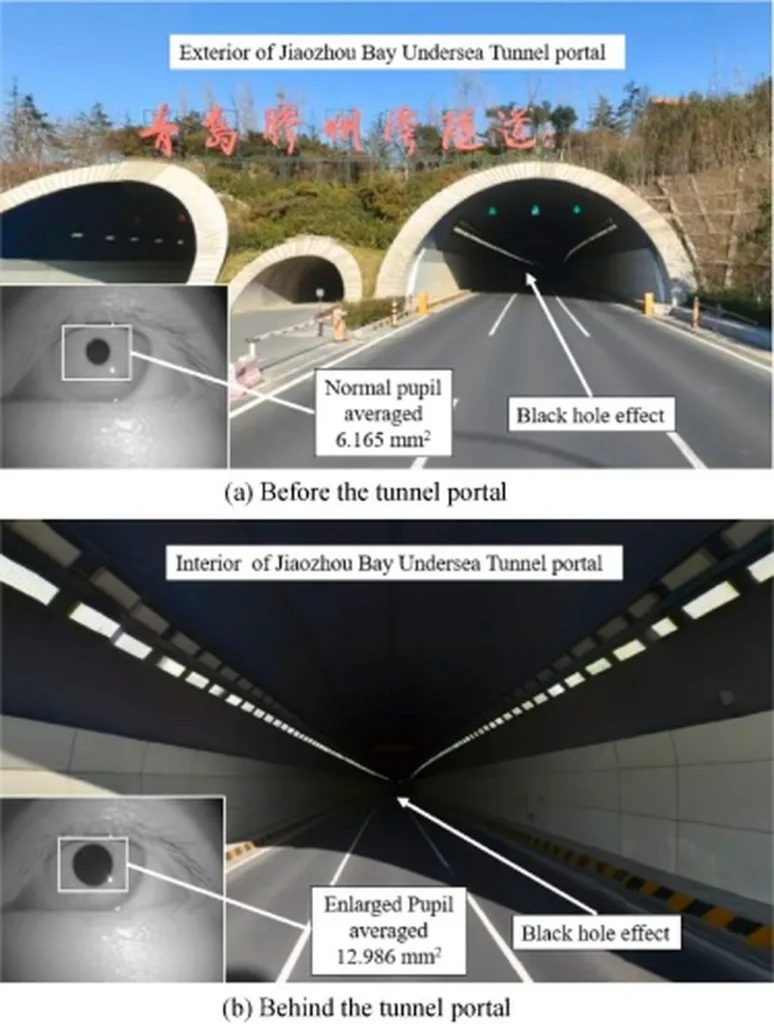In the world of maritime infrastructure, undersea tunnels are marvels of engineering, but they come with their own set of challenges. One such challenge is the concentration of off-ramp maneuvers in confined zones, which can increase the risk of collisions. To tackle this issue, a team of researchers led by Xuanming Guo from the Innovation Institute for Sustainable Maritime Architecture Research and Technology has been hard at work. Their recent study, published in the Journal of Advanced Transportation (translated as ‘Journal of Advanced Transportation’), offers a promising solution: graded lane-changing strategies.
So, what’s the big deal about graded lane-changing? Imagine you’re driving through an undersea tunnel, and suddenly, you need to change lanes to exit. In a confined space, this maneuver can be tricky and risky. The researchers propose a new strategy that divides the exit diversion area into four sections: Transition Section I, Transition Section II, a gradient section, and an auxiliary lane. This gradual approach helps distribute the lane-changing process, reducing the risk of collisions.
To test their strategy, the team simulated six different schemes using UC-WinRoad software. They even measured driver physiological stress through Tobii eye-tracking, a novel application that uses pupil dynamics to quantify stress. As Guo explains, “We wanted to ensure that our strategy not only reduces collision risks but also minimizes driver stress.”
The researchers evaluated the schemes based on four indicators: lane-change position, lane-change rate, pupil diameter, and speed change. They used a combination of the analytic hierarchy process and entropy weight method (AHP–EWM) to weigh these indicators and the set pair analysis with the technique for order preference by similarity to ideal solution (SPA-TOPSIS) theory model to evaluate the schemes.
The results were impressive. The optimal scheme, Scheme E, achieved a γ value of 0.968, significantly reducing pupil fluctuation by 32% compared to the shortest design (Scheme A) while ensuring the smoothest speed control. This means that drivers experienced less stress and maintained better control of their vehicles.
So, what does this mean for the maritime industry? Well, undersea tunnels are crucial for connecting islands and coasts, and improving their safety can have significant commercial impacts. Safer tunnels mean smoother operations, which can attract more traffic and boost economic activity. Moreover, the strategies developed in this study can be applied to other high-risk environments, providing universally applicable design benchmarks for tunnel safety enhancement.
As Guo puts it, “Our study demonstrates effective conflict distribution in high-risk undersea environments, providing a valuable tool for enhancing tunnel safety.” And with the maritime industry constantly evolving, such tools are invaluable.
In conclusion, the research led by Xuanming Guo offers a promising solution to a significant challenge in maritime infrastructure. By optimizing graded lane-changing strategies, we can make undersea tunnels safer and more efficient, benefiting both drivers and the maritime industry as a whole. And with the study published in the Journal of Advanced Transportation, the findings are now available for the global scientific community to build upon.

